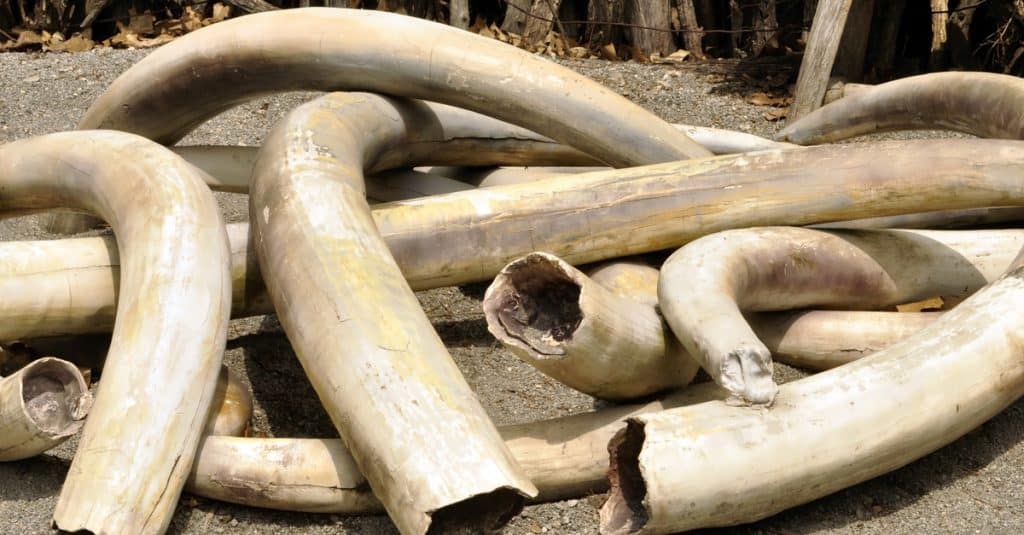Ivory trafficking remains a topical issue in Togo. The latest case to date took place on October 13th, 2020 in Attiégou, an outlying district of Lomé, where five people were arrested as they were about to sell three large elephant tusks. Once arrested, they were first taken into police custody at the Central Office for the Repression of Illicit Drug Trafficking and Money Laundering (OCRTIDB), before being brought to Lomé civil prison after acknowledging the charges against them before the prosecutor. They are accused of illegal possession, circulation and marketing of wildlife products. The charges are punishable by a prison sentence of between one and five years and a fine of between one million and 50 million CFA francs (1,500 and 76,000 euros), in accordance with article 761 of the environmental section of the penal code in force in Togo.
This other arrest comes three months after that of Kara in the north of Lomé, where four traffickers were arrested in possession of 6 elephant tusks. These operations were made possible thanks to the collaboration between Ocrtidb agents, the Togolese Ministry of Environment and Forest Resources (MERF) and Eagle-Togo, a network of environmental activists who provide technical assistance in the fight against wildlife crime.
Africa’s ivory trafficking hub
In January 2014, more than two tonnes of elephant tusks were discovered in a container in the port of Lomé, bound for Vietnam, while two other tonnes of ivory were discovered during the same week in the Togolese capital. For conservationists, the West African country has become the centre of a vast ivory trade. The tusks come mainly from West and Central Africa, before being transported by boat to Asia, in defiance of the Convention on International Trade in Endangered Species of Wild Fauna and Flora (CITES), which since 1989 has declared the international ivory trade illegal.
Illegal ivory trade puts elephants on the brink of extinction. At the World Conservation Congress held in Hawaii (United States of America) in September 2016, the International Union for Conservation of Nature (IUCN) reported that between 2007 and 2014, the number of elephants fell by 30%. This decline is accelerating to a rate of 8% per year.
Boris Ngounou
